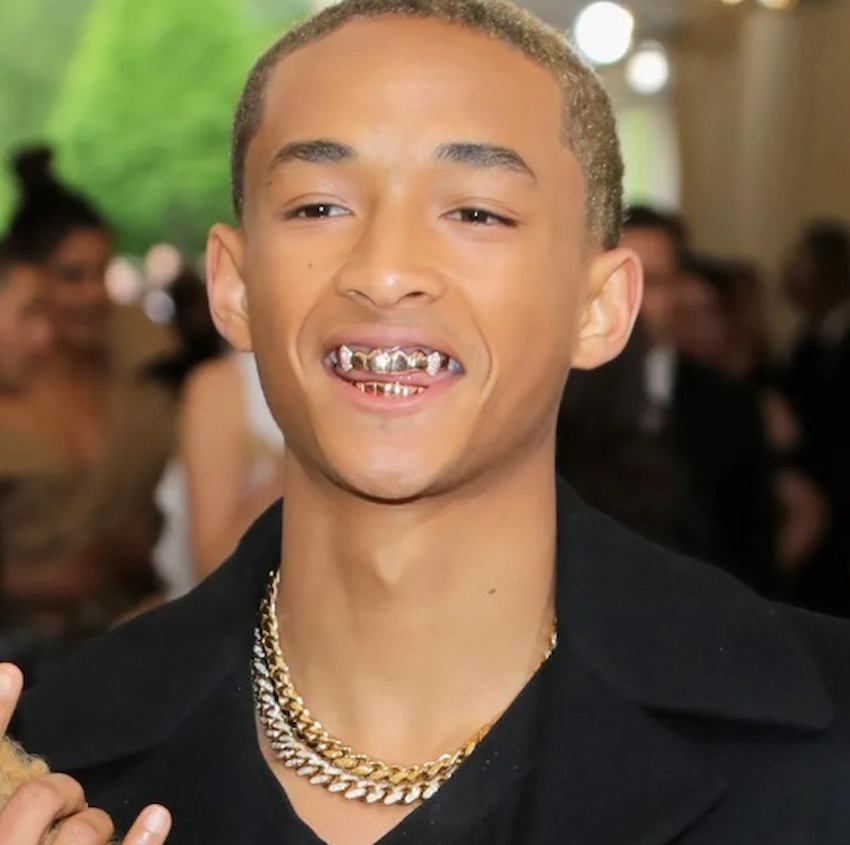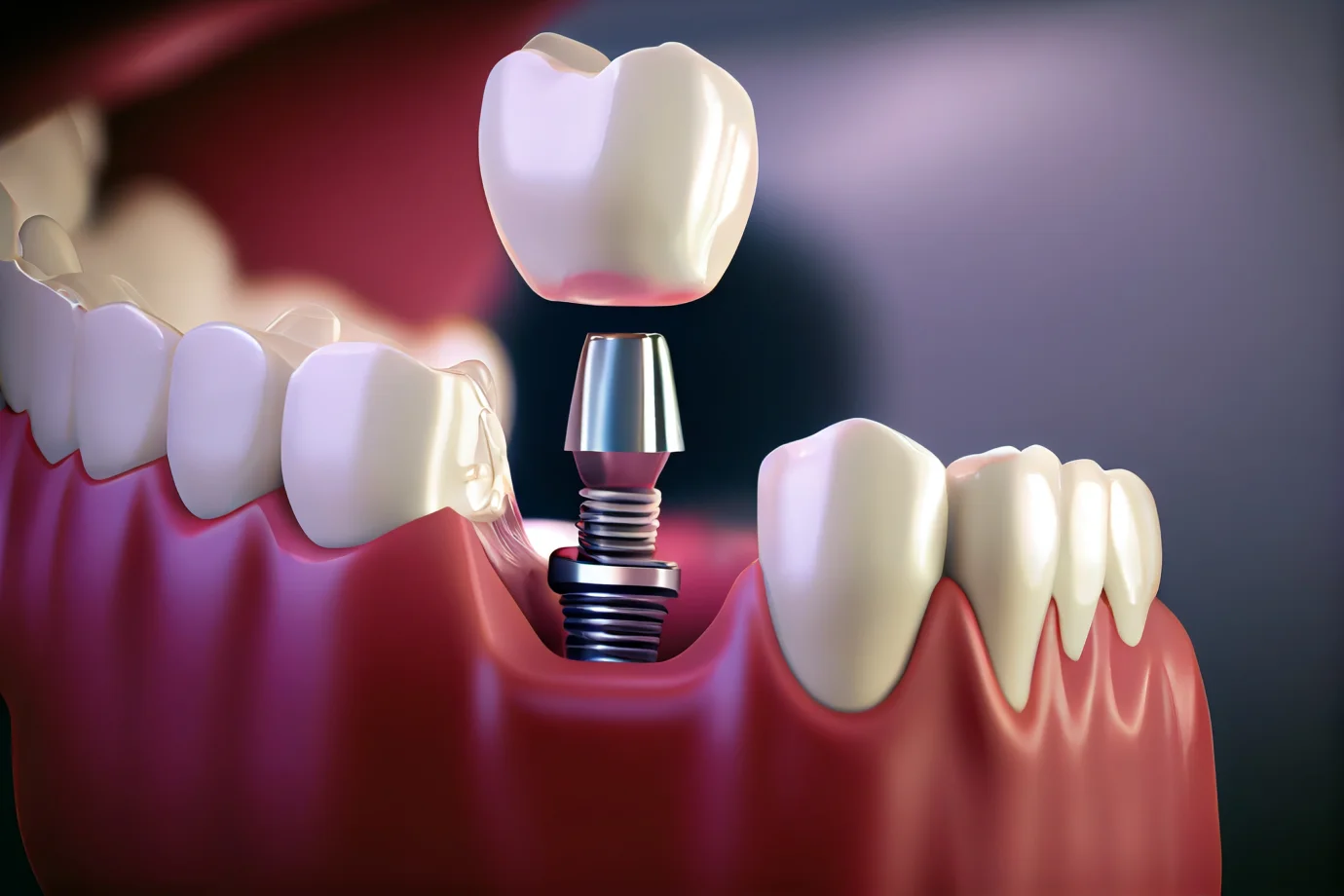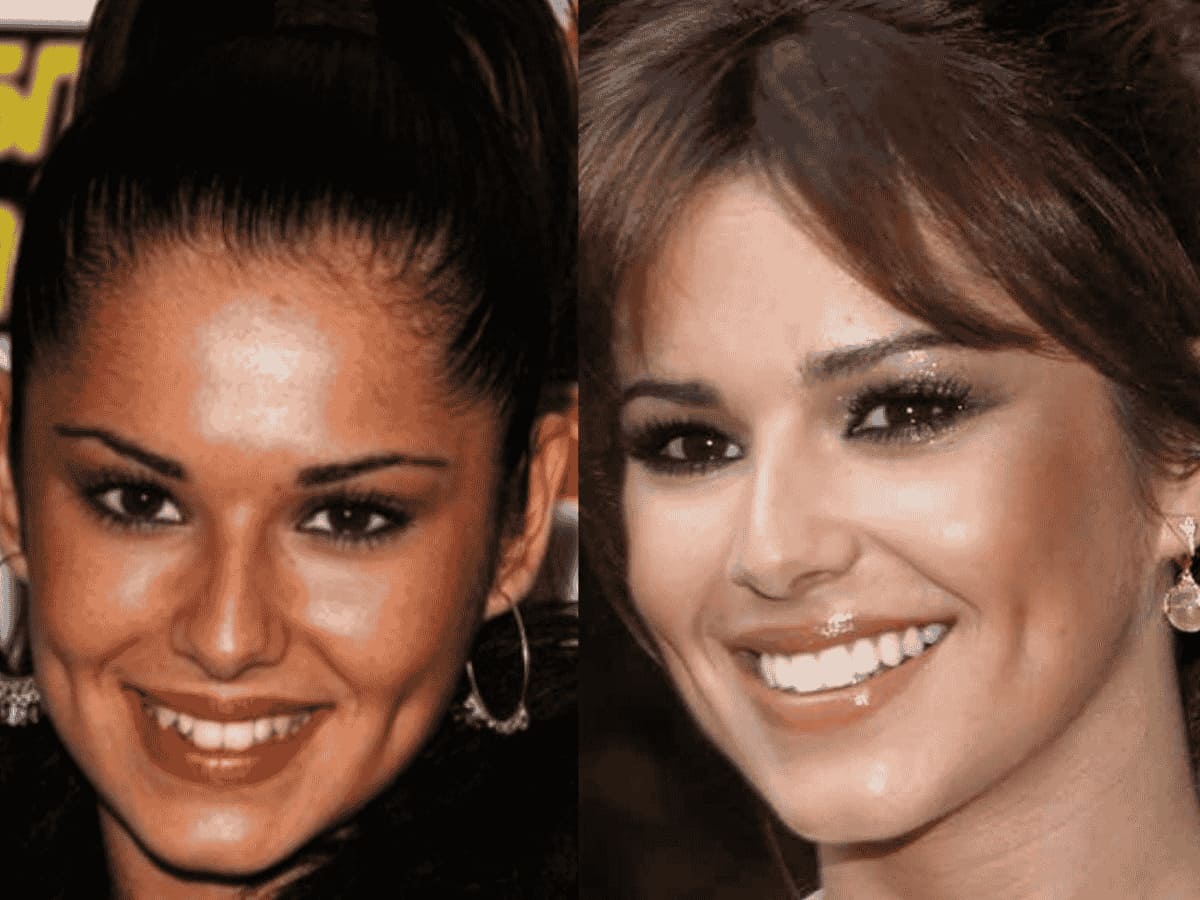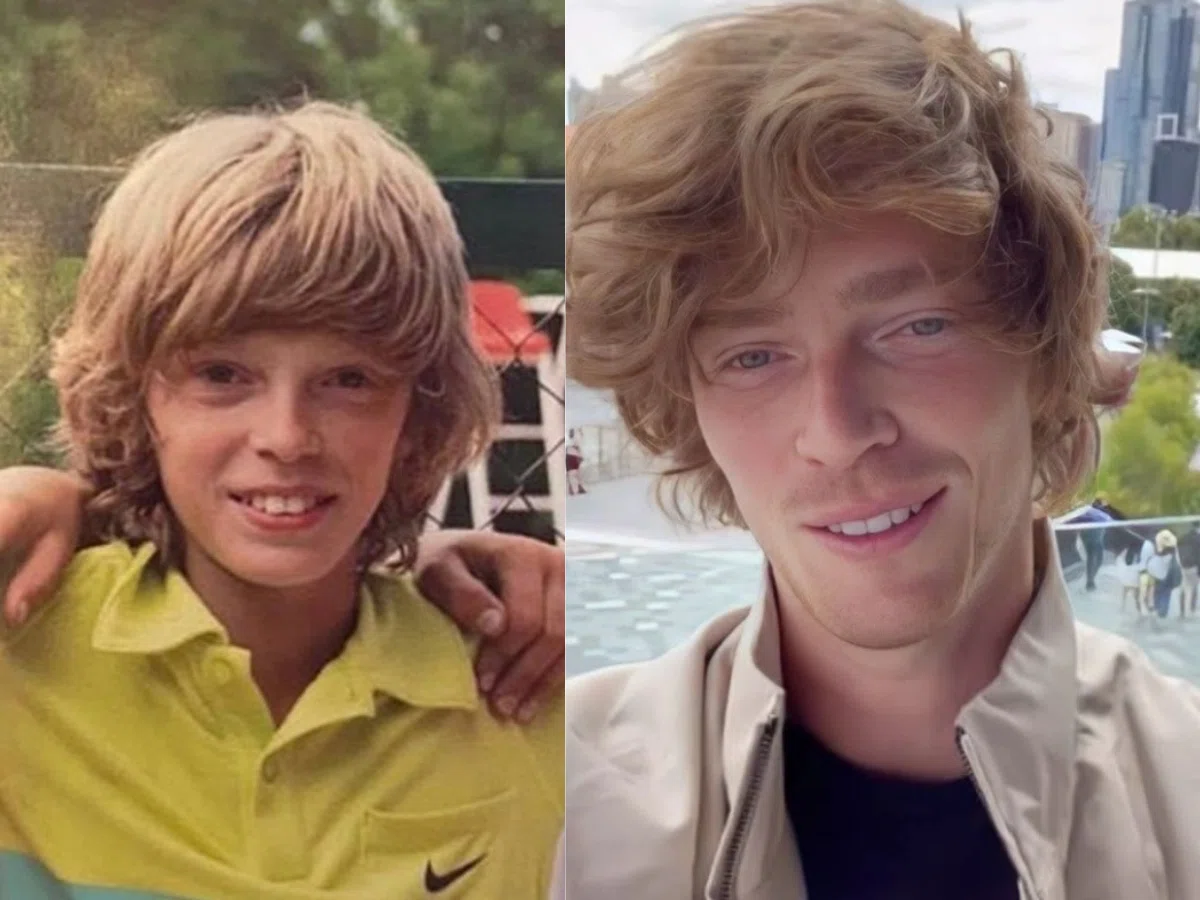Top 5 Causes of Baby Teeth Discoloration
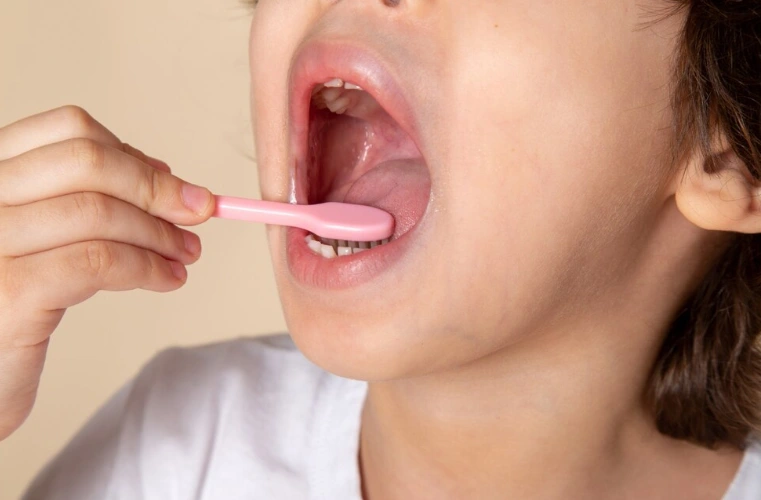
Generally, with the onset of a baby’s first teeth occurring, albeit small, tender, and of extreme significance, the appearance of pigmentation becomes necessary. But what if you suddenly glance at your kid and are taken aback by the sight of his formerly pearly teeth, colored otherwise? The situation can get worse when the teeth color changes to yellow, gray, brown, and in some cases, black, appearing to be really scary for the parents.
You must be counting: Is that normal? What happened? Will the permanent teeth endure the same? Take a deep breath. For you, this article outlines the root causes of the color change in baby teeth, fixes to it, and the right time to introduce them to a dentist.
Yet, in some cases, it can be just a natural thing that a person has teeth that are not perfectly white, and the stains that are present cannot be harmful to a person. However, occasionally, the appearance of discoloration is a clear indication of the need for a dentist’s visit—whether it is to have the problem diagnosed or receive some professional treatments such as Teeth Whitening—and that is the usual sign.
What Is Meant by Colored Baby Teeth?
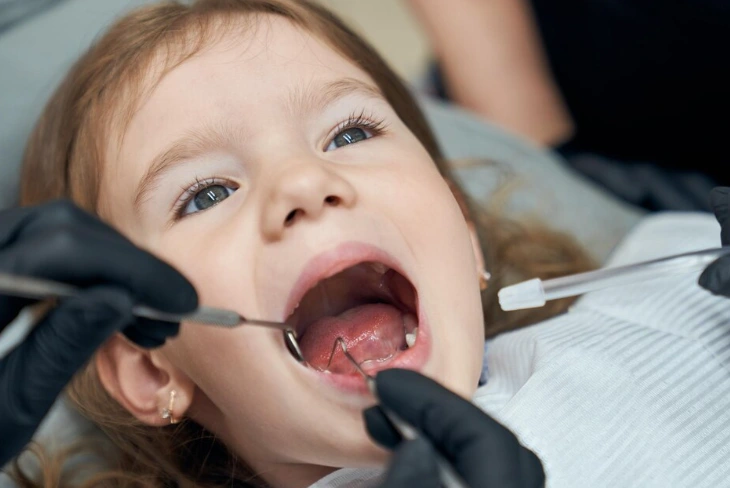
The phrase “colored baby teeth” is a comprehensive reference to all changes in the original color that can occur in the baby’s tooth. The list of such capricious color transformations is usually the following:
- Yellow or orange shades (frequently exposed stains)
- Black steaks or spots (potential cavities or iron)
- Grey or black coloring (possible trauma or diseases)
- Chalky white areas (sometimes caused by fluorosis or enamel hypoplasia)
At times, the entire tooth undergoes discoloration, while in some cases, it happens in patches only. Understanding the reason for the alteration is the main point.
Uncover the Reasons Behind Baby Teeth Coloration
First of all, here comes a big confession that can turn everything upside down: there is a great variety of reasons that will have an impact on a baby tooth’s color changing, but the majority of these causes are, actually, neutral. You may think that the baby teeth should be white or light in color, but it is not rare for them, for a given period, to change colors slightly to yellow, brown, or gray, and so on.
These are some of the reasons to cause teeth discoloration:
- Food and hygiene
- Drugs or nutriment
- Internal issues in the tooth
- Genetics
- One startling fact: even the tooth that was still developing in the gums!
More individual aspects of these diverse reasons are explored in the following lines.
Common Causes of Discoloration in Baby Teeth
Further, we will explain the five chief reasons as a follow-up to the previous point that made your child’s primary teeth discolored. We’ll also advise how to address this properly.
1. Cavities (Tooth Decay)
Whether you knew it or not, kids’ teeth can still have a cavity. An indication of this, for example, could be the tooth being brown, black, or gray. Toddlers’ teeth mostly deteriorate due to the following reasons:
- The practice of teeth cleaning is not regular.
- The child is either a frequent snacker or bottle feeder.
- Usually, the child is drinking juice or sweet drinks.
Such defects may start very small, but in kids, they grow at a fast pace, which is why dental visits are so important. If you see a brown spot that has been expanding, the dentist is the only solution.
2. Medications and Supplements
One of the major sources of tooth staining in children are medicines, especially those that need to be taken for a long time.
- Iron supplements are a regular source of the problem as they are capable of leaving stains on the surface that cannot be easily wiped out.
- Much less administered today, tetracycline antibiotics (not used to take care of young kids under normal circumstances) are prescribed, and they are also not prescribed to pregnant women. If a lady takes these during the period of tooth development, they remain permanently discolored.
The good thing about iron-related stains is that the majority of such stains mostly affect only the exterior of the tooth and can easily be removed by a dentist.
3. Fluorosis (Too Much Fluoride)
Fluoride is the ideal solution for the prevention of tooth decay, but if people receive an excessive amount of it, there’s the possibility that their teeth will be discolored as a result. The condition is named dental fluorosis.
It mainly occurs when:
- children swallow the toothpaste
- They use fluoride supplement and have a fluoridated water
- there is a surplus dose of fluoride in the years of teeth that are still in the formative stage
And what is the final product? The teeth have white lines, chipped spots, or even brown lumps. The mild form of fluorosis has no dangerous effects, but the severe type might need correction later on.
4. Injury or Trauma
Baby teeth are not quite as strong as adult teeth, and all children are quite clumsy, but we still love them. Your child can damage the inside of the tooth, and it can get inflamed and cause bleeding inside, and ultimately make the tooth color:
- Dark gray
- Black
- Purplish
After some weeks of the incident, the teeth may be seen discolored, without the parents ever knowing that it is due to an injury. Sometimes these teeth stay discolored but healthy. In extreme cases, they might become infected and have to be treated.
A dentist can make an X-ray of the tooth and see through it to determine what is the problem of that tooth.
5. Poor Oral Hygiene
If truth be told, it’s quite a hassle to get toddlers to perform well in brushing operations. When plaque and bacteria are left on that spot, the tooth will have surface stains, and it may become:
- Near the gum line
- In between teeth
- On the back molars
Such stains are usual, yellow or light brown, and the good part is that they are easily corrected! A dentist’s cleaning would be advisable along with a good and regular tooth brushing routine at home.
When Should You Worry About Stained Baby Teeth?
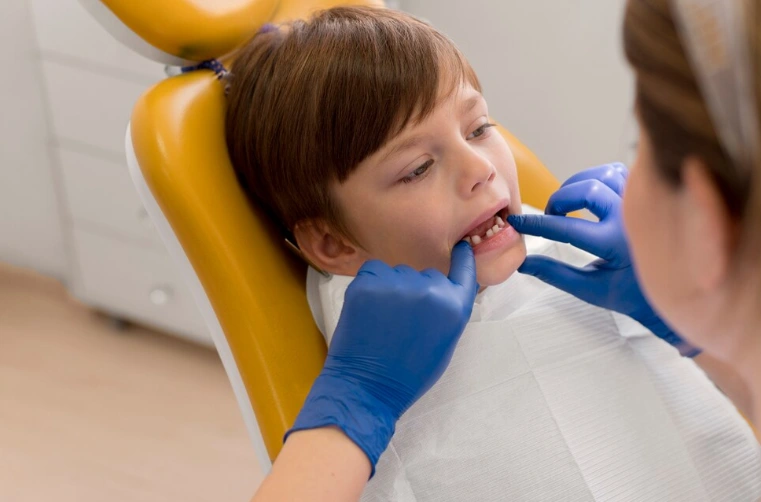
While not all discolorations are actually dangerous, some certainly are. Just to be safe, when your child has one of them, get in touch with a children’s specialist without delay:
- You notice brown or black spots that grow over time.
- A tooth turns gray or black after a fall or injury.
- Your kid is experiencing a toothache or tooth sensitivity
- There is swelling, redness, or pus near the tooth.
- You see white chalky spots that weren’t there before.
A dentist will be the one to distinguish whether it is a matter of color cosmetics or an infection or tooth decay to be treated instantly.
How to Treat and Prevent Discolored Baby Teeth
Now let’s suggest to our little one the ways she/he can stay away from getting any stains and, in case they do appear, how to cope with them.
Prevention Tips
- You can brush their teeth at least two times a day and put a tiny amount of baby toothpaste on the brush if they are kids.
- Keep them away from sugary drinks, and most importantly, if they are still drinking in bottles, avoid giving the drinks before bed
Besides,
One must wipe off RBB (Required By Body) such as iron supplements using water, or one may be asked to brush after it. Also,
When do you need to visit one’s dentist for the first time?
Treatment Options for Discolored Baby Teeth
- Fluoride Treatments – make your enamel stronger and prevent decay in the future
- White Fillings – Used for treating small cavities in baby teeth
- Pulp Treatment or Extraction – If there is severe damage or infection, the pulp would be removed
In addition to that, the color of the baby tooth does not affect the new tooth. The first teeth of a kid grow in stages and usually are not affected unless a grave infection is there.
Frequently Asked Questions About Discolored Baby Teeth
The most common causes are tooth decay, iron supplements, and poor brushing habits. Trauma or too much fluoride can also lead to dark stains.
Yes! Iron supplements can leave dark surface stains, while antibiotics like tetracycline can cause deep internal discoloration if taken during tooth development.
Absolutely. While not all discoloration is serious, it’s important to rule out cavities, trauma, or underlying infections that may need treatment.
It depends on the cause—some stains can be polished away during a dental cleaning, while others may need fillings or monitoring. Your dentist will guide you.
Usually not. Most discoloration is limited to baby teeth and won’t affect adult teeth—but untreated decay or infection can cause problems, so early care is key.
Visit a pediatric dentist! They can gently clean surface stains and check for cavities. At home, keep brushing regularly and avoid sugary snacks and drinks.
Yes, it depends on the cause. Surface stains from things like iron drops or poor brushing can often be cleaned by a dentist, while deeper stains may need treatment.
